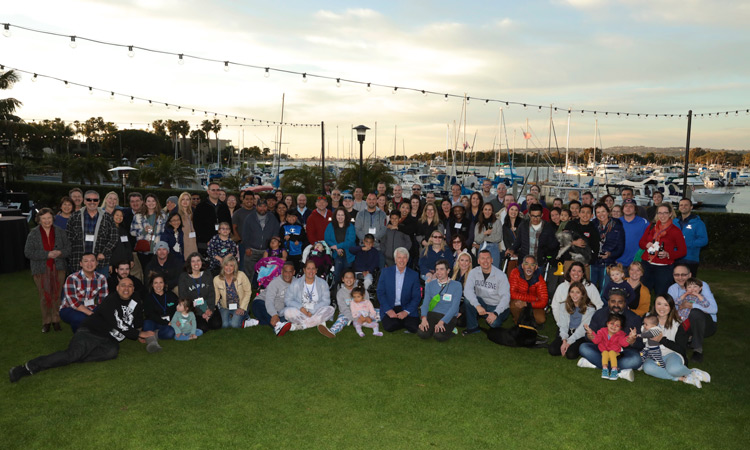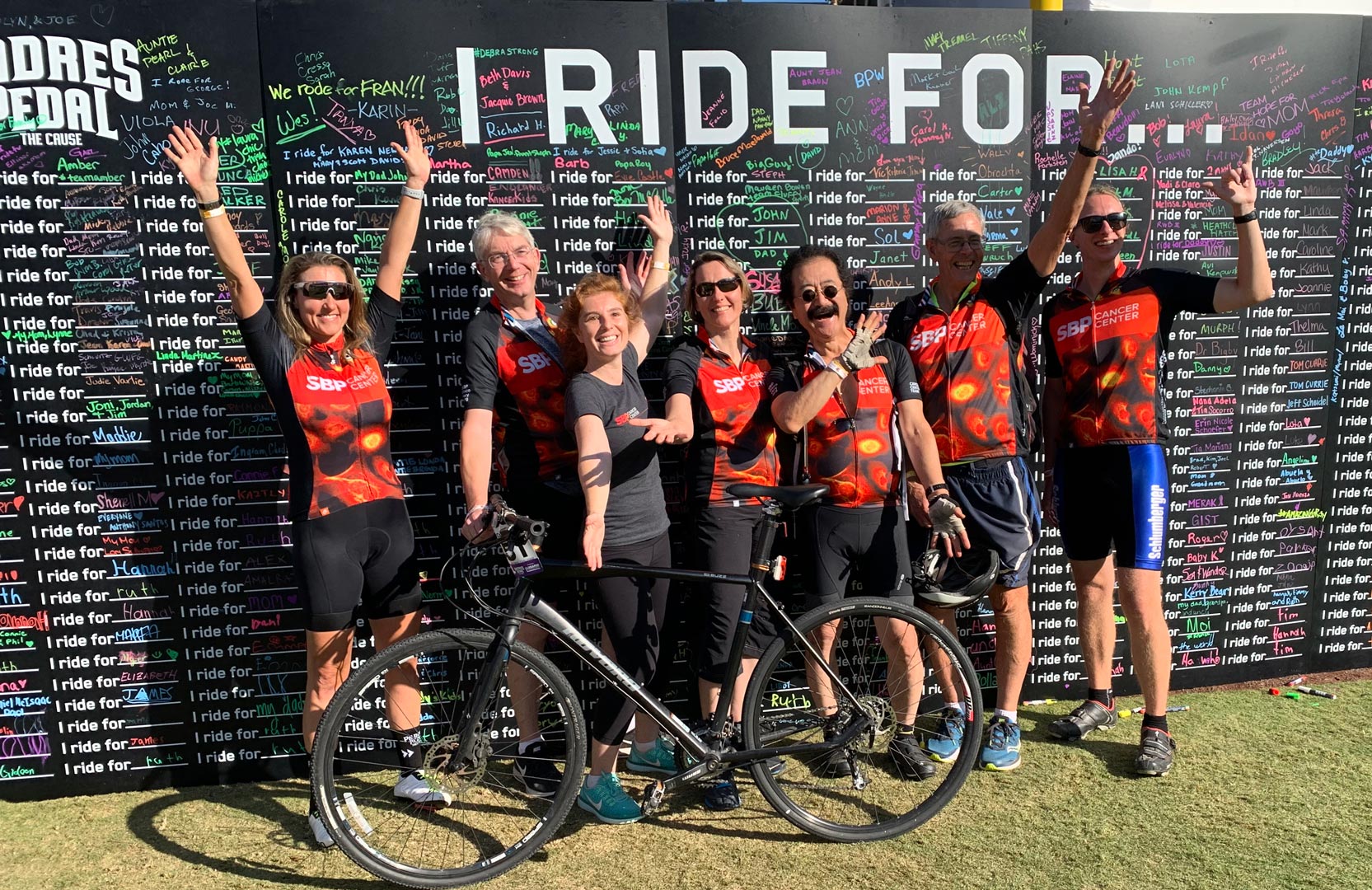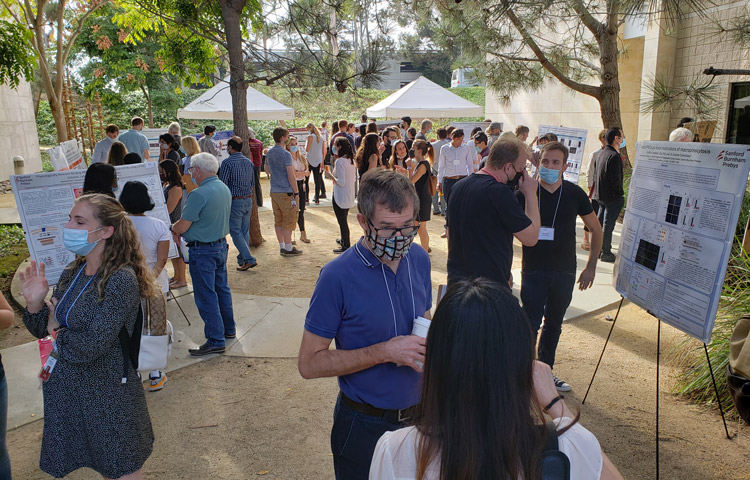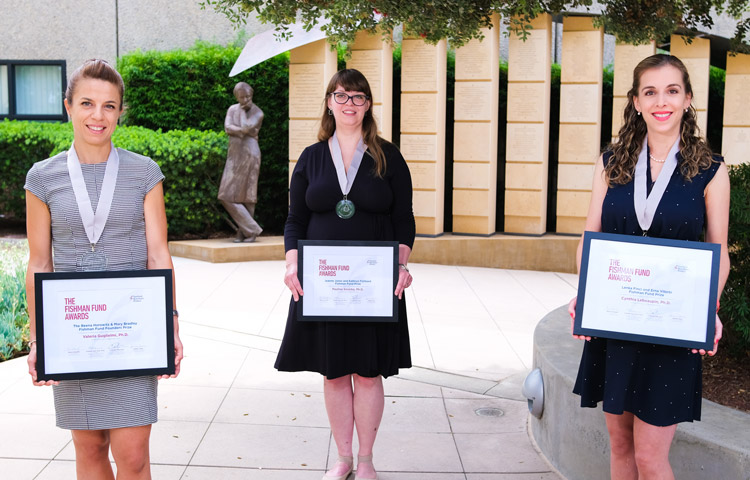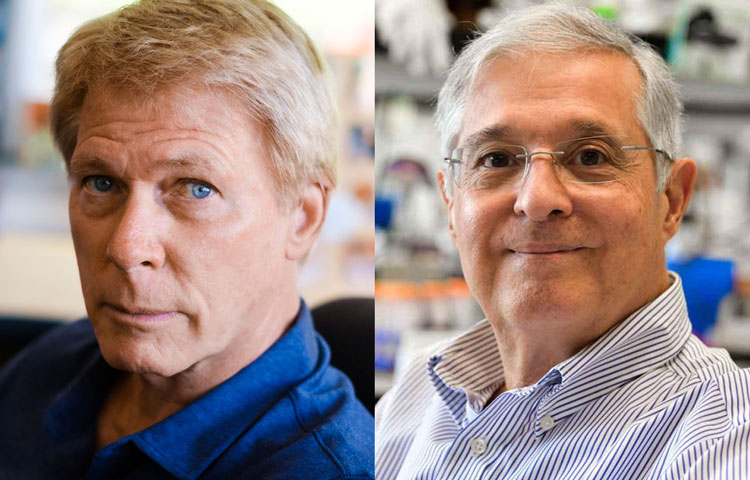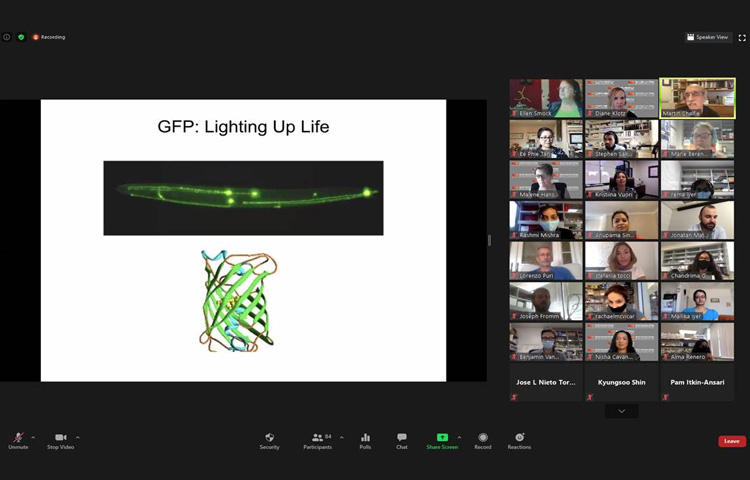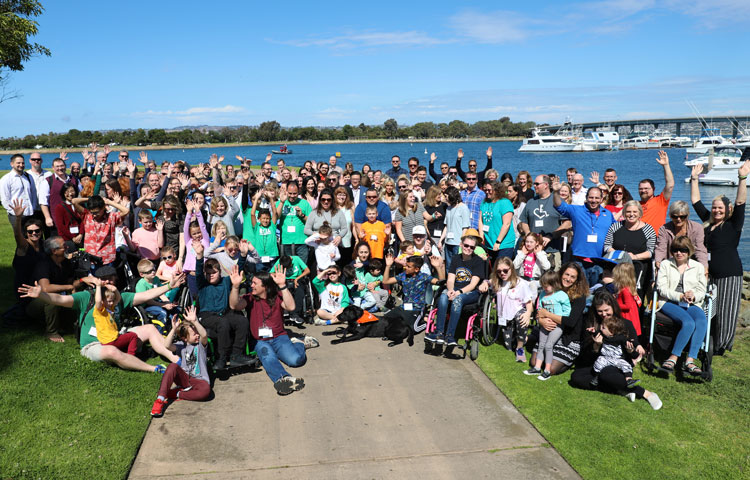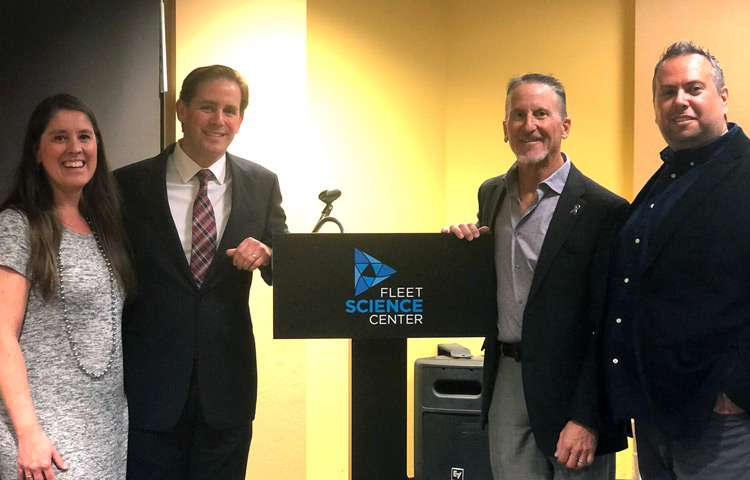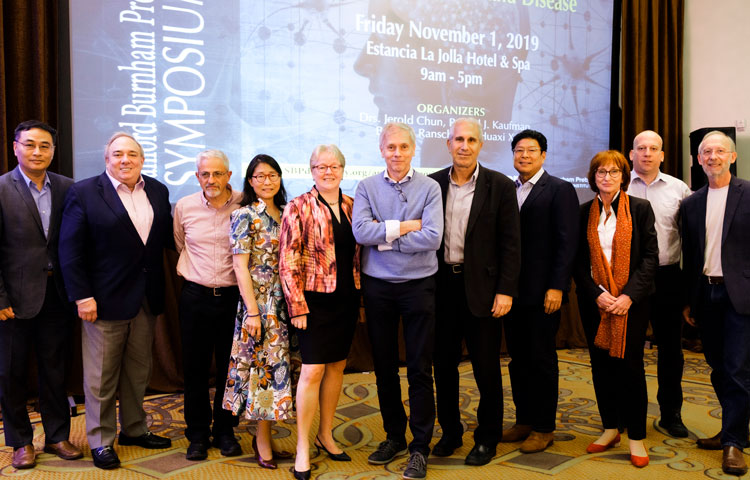The 2022 Rare Disease Day Symposium took place last weekend at the Dana On Mission Bay Resort in San Diego. The event, sponsored by Sanford Burnham Prebys and CDG CARE, brought together researchers, clinicians and families from around the world to discuss new medical breakthroughs and meet other families living with rare diseases.
The 2022 Rare Disease Day Symposium took place last weekend at the Dana On Mission Bay Resort in San Diego. The event, sponsored by Sanford Burnham Prebys and CDG CARE, brought together researchers, clinicians and families from around the world to discuss new medical breakthroughs and meet other families living with rare diseases.
Rare Disease Day is celebrated on the last day of February to raise awareness for rare diseases, defined by the United States government as those that affect fewer than 20,000 people. Although there are more than 7,000 individual types of rare diseases that affect more than 30 million people in the United States, this year’s conference gathered more than 200 people focused on CDG, an extremely rare group of genetic disorders that affect children.
CDG, which stands for congenital disorders of glycosylation, occurs when sugar molecules on many of our proteins are absent or incomplete. CDG causes serious, often fatal, malfunctions in various organ systems throughout the body.
“This is a chance for the global CDG community to come together, support one another and continue to try to find treatments,” says Hudson Freeze, PhD, director of the Human Genetics Program at Sanford Burnham Prebys. “It’s always my favorite weekend of the year, and I’m thrilled that we’re able to do it again safely.” Freeze’s primary research focus is CDG, and he has personally worked with more than 300 patients.
Exchanging knowledge
The three-day symposium opened Friday morning with introductory comments from three important figures and philanthropists in Sanford Burnham Prebys’ history: T. Denny Sanford, Malin Burnham and Debra Turner. Congressman Scott Peterson also spoke on the importance of funding medical discoveries.
“Our job is to make a positive difference. We do that best when we all work together,” said Sanford in his video introduction. “Congratulations on all your work. You make me very proud.”
This year, 19 scientists and clinicians in total spoke on the latest research in modeling, treating and understanding CDG. The full program of presentations can be found here.
Connecting families
Although Rare Disease Day is an important opportunity to share the latest scientific research, one of the highlights of the event doesn’t involve science at all. To provide space for families to take a break from the presentations and socialize, staff and volunteers transformed the Bayside Conference Room of the Dana resort into a child care and respite area packed full of toys and games.
In addition to giving families space to play, Rare Disease Day hosted several group activities for families, including a magic show on Saturday and a surprise visit on Sunday morning from Disney’s Anna and Olaf.
Longtime friend of the institute Damian Omler, a thirteen-year-old who is the only person living with his rare genetic mutation, had a great time dancing along to “Let it Go” and playing catch with his father, Donnie.
And while the joy in the respite conference room was palpable, there was something else, less tangible, in the air as well: hope.
“Meetings like this bring us hope and help us raise awareness for CDG,” says Donnie. “That gives us a sense of purpose each and every time we attend the conference. And we won’t stop, even 20 years from now.”
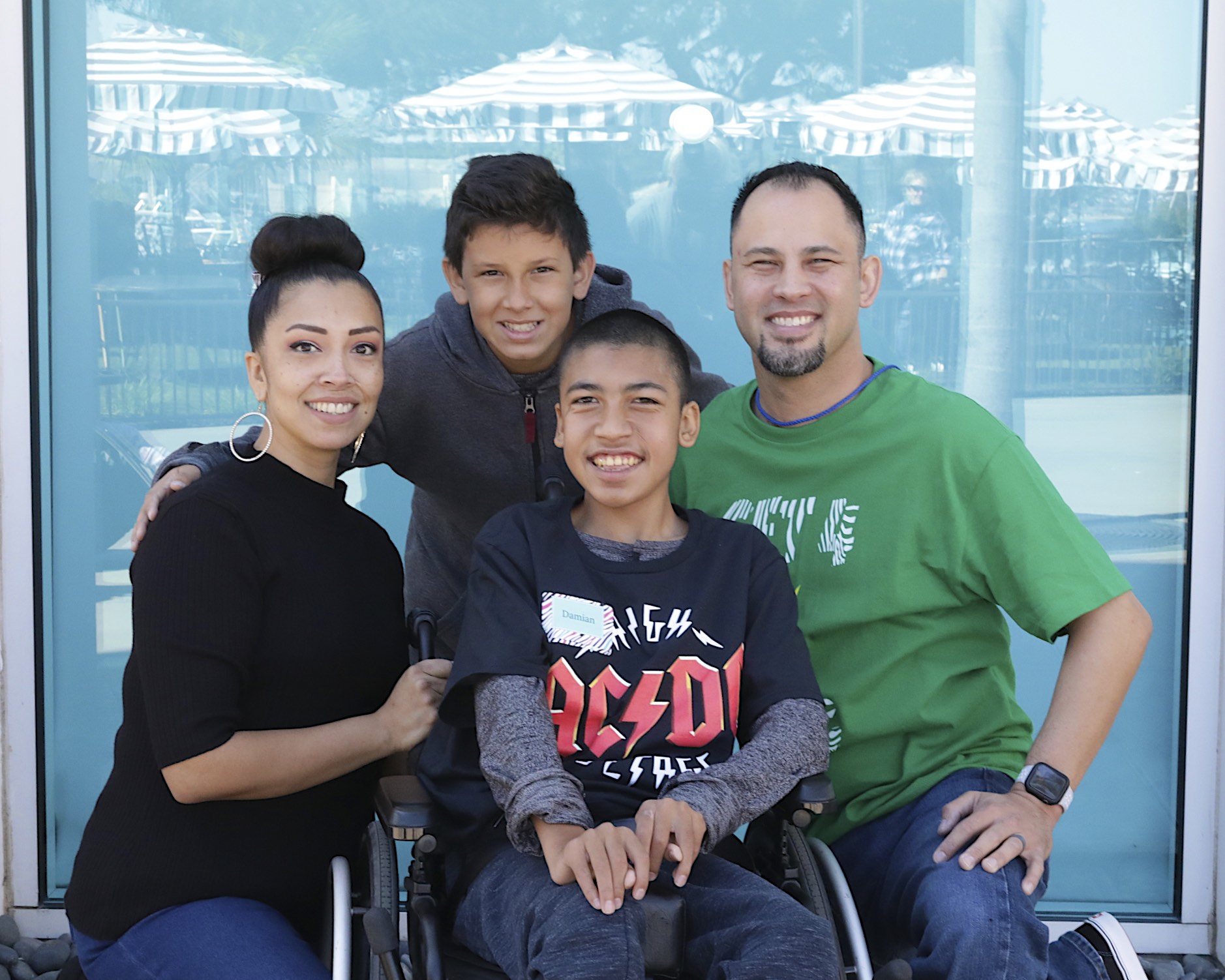
Damian Omler and his family, parents Donnie and Gracie and brother DJ, had a great time at Rare Disease Day the year (image credit: CDG CARE)
